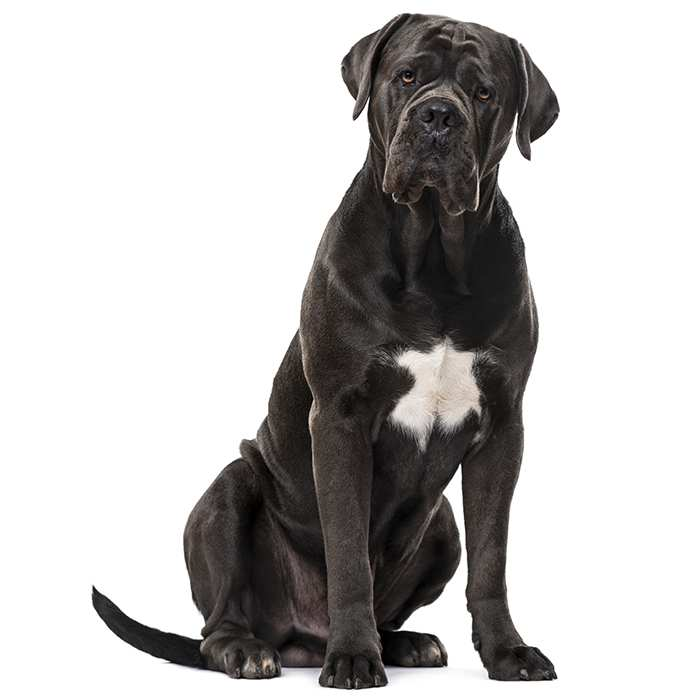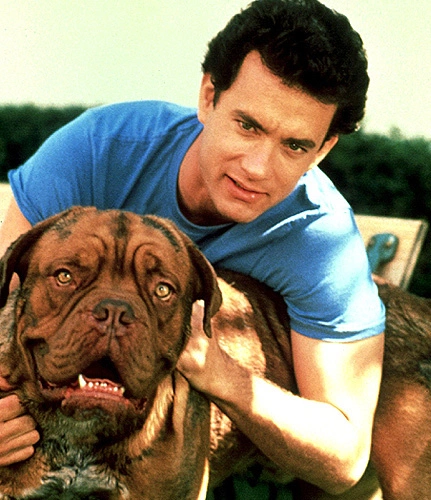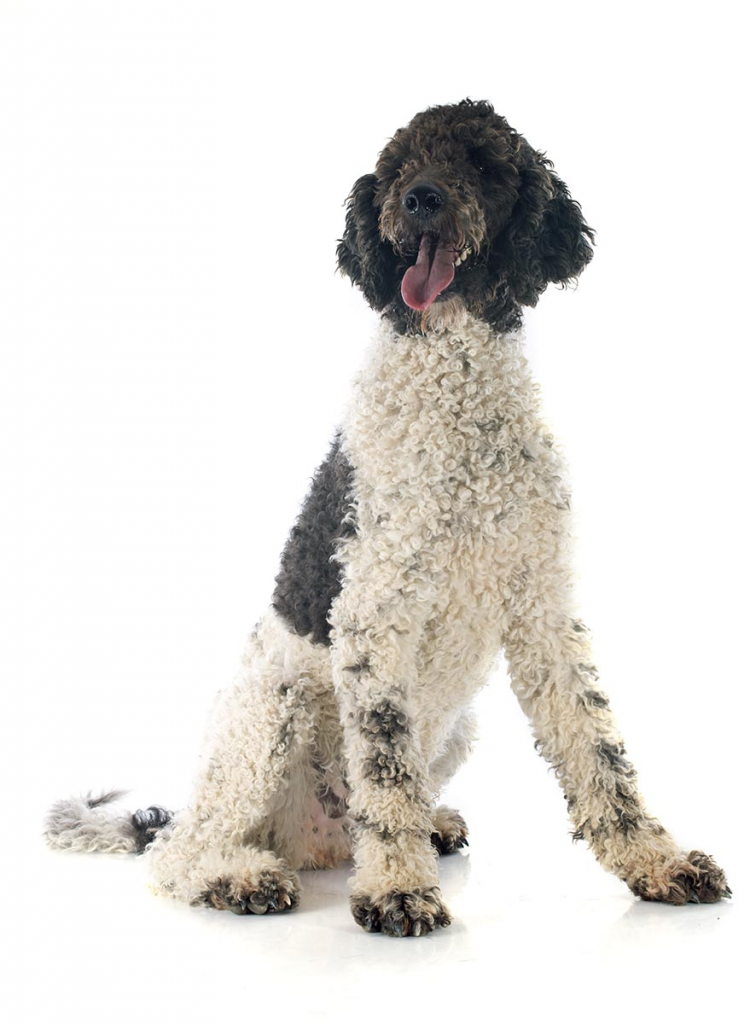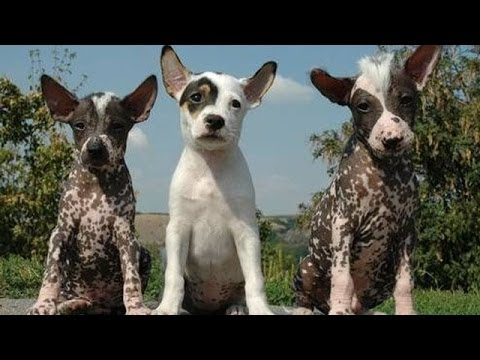Being a veterinary clinic, we see many breeds of dogs every day, from Shih Tzu’s to Dachshunds, Staffordshire Terriers to Labradors, and we love each and every one of them. There are, however, many breeds we don’t see very often, or just don’t see at all! For those of these breeds that we do see, our staff all agree they’re very exciting to meet!
Some of these breeds include, but are certainly not limited to:
- Cane Corso
- Dogue de Bordeaux
- Portuguese Water Dogs
- Otterhounds
- Peruvian Inca Orchids
- Tarsus Catalburun
The Cane Corso, also known as an Italian Mastiff, is said to descend from Roman war dogs. They were initially developed and used as guard, working and war dogs, and in modern times to hunt, guard and be a companion animal for the family home. The breed declined as farming became more mechanised and came to near extinction, but starting in the 1970’s dog fanciers worked to rebuild the Corso.
They are a large breed of dog with a muscular, strong and athletic appearance, and a particularly short coat. They come in a variety of colours including black, brindle, grey and black. Highly inquisitive, energetic and independent, they are known for their fierce loyalty and suitability as a guard dog. They are eager to please, but tough to handle; early training and socialisation is absolutely essential to maintain a firm grip on this stubborn breed and curb any aggression. They have a lifespan of 10 – 11 years, and with the right love and care, grow up to be wonderful family dogs!
At the moment, we only have one Cane Corso on our files!
The Dogue de Bordeaux, or French Mastiff, gained popularity around the world after the Tom Hank movie ‘Turner and Hooch’ was released in 1989. That drooly dog with fierce loyalty to his owner, and just a dash of stubborness, is the face of the Dogue de Bordeaux breed.
The Dogue de Bordeaux can be traced back to 12th century Bordeaux, France, and were believed to be hunters of pigs, wolves, and bears. They are also believed to have outdated the Bullmastiff and Bulldog, and potentially have descended from the Molossus of Rome. Over the years, they have been used on large estates for hunting and herding, as well as working dogs during various wars.
Their coats are fine, short and can come in a variety of colours, including dark red fawn to light fawn, mahogany, and golden fawn. These days, this breed has very low levels of exercise needs and low energy levels, generally making them a very calm and relaxed dog. They have a very close bond with their family, and become very territorial and protective of their family, making the Bordeaux great guard dogs. They have an average life span of 8 – 12 years, and make the most of it sitting on your couch when they can!
We currently have five Dogue de Bordeaux’s on file.
Portuguese Water Dogs, affectionately known as the Portie, descends from the dogs used by Portuguese fishermen for centuries for help gather and retrieve fish and gear from the water. They are thought to share an ancestor with the poodle, who was also bred for water retrieving. As fishing became more modernised, the Portuguese Water Dogs almost went extinct, but one wealthy enthusiast intervened and saved the breed; the Portuguese Water Dog Club of America was established in 1972.
They are a medium-sized dog known for their thick, curly coat and webbed toes. This single coat repels water and comes in various colours, including brown, black and white, and brown and white, however there are certainly more variations out there, and each Portie is unique.
Like all working breeds, the Portie has a lot of stamina requiring daily stimulation and exercise; they also have an intense love of water, so sport and activities that involve fetching in water is a great way to satisfy the Portie’s instinctive need to run, swim and retrieve.
The current lifespan of the Portie is 12 to 15 years, and despite their popularity in the US, there are only 12 known Portuguese Water Dogs in Australia.
Luckily, we have two of these dogs in our files!
The Otterhound is an old breed, developed in England from Bloodhounds, with the sold purpose to hunt and destroy otters which were decimating the fish in English rivers. Although they are believed to have been in existence for more than 500 years, it is a very rare breed today. In fact, there are currently no registered Otterhounds in Australia! Otterhounds can, however, still be found in America and Canada.
Because the Otterhound was bred to hunt on land and in water, they have a rough, double coat and webbed feet. They have a distinctive shaggy look, and many colour variations, however black and tan is the most common. Just like a hound, they have a very sensitive nose so will often wander off to investigate their surroundings.
Otterhounds have a very sweet, affectionate, fun-loving personality, however they’re also very independent. While a large breed dog, they’ll sound a bark at intruders, but that’s about it – not the best candidate for watch dog! They love to play, and have a lifespan of 10 – 12 years, so will spend plenty of time with you.
The Peruvian Inca Orchid is the official dog of Peru and, despite its ‘hairless’ reputation, it can be hairless or fully coated. The ancient history of the breed can be told through pottery and textiles, notably the pottery of the Moche civilisation of northern Peru, in 750 AD. As sighthounds – like greyhounds, whippets, and borzois – these dogs are bred to hunt by sight rather than scent.
They are uncommon in Australia, but they definitely are around, with only three registered breeders! Being a smaller breed of dog, they have a lifespan of 11 – 12 years. Sadly (for us), they are not a breed we see at our clinic.
Noble and affectionate at home with those close to them, the PIO (as they are affectionately known), are also lively and alert – wary of strangers and a good guard dog. This breed is very loyal and protective of their family.
The Tarsus Catalburun is a dog breed that will likely never be seen on Australian shores; they are almost completely unknown outside of Turkey. They are also named the Turkish pointer, and are one of the rarest breeds in the world; it’s estimated that there are only 200 in existence today.
The Catalburun (as they are affectionately known in their homeland) are a hunting breed, thought to have descended from European pointers and hounds; there may also be Greek pointers in their ancestry. Since there are so few in existence, most of the Catalburun are heavily inbred, with surprisingly few hereditary health issues.
The Catalburun have a unique appearance: they have what is commonly called a double (or split) nose, and a short, flat coat. Typically, they look much like other pointer breeds, and can be found in several different colours, all piebald patterned with the exception of the tri-colour.
The Tarsus Catalburun is said to be a smart and devoted family companion, as well as a fierce pointer, treasured as an excellent partridge hunter.
We hope this has introduced you to a few breeds of dog that you may not have heard of before. What variety the Canine family has!! We are so lucky to meet all sorts of wonderful breeds and characters on a daily basis. Different breeds have different requirements as far as exercise and mental stimulation are concerned, so if you have any questions about choosing the right companion for your family, please do not hesitate to call us on 3353 6999.





